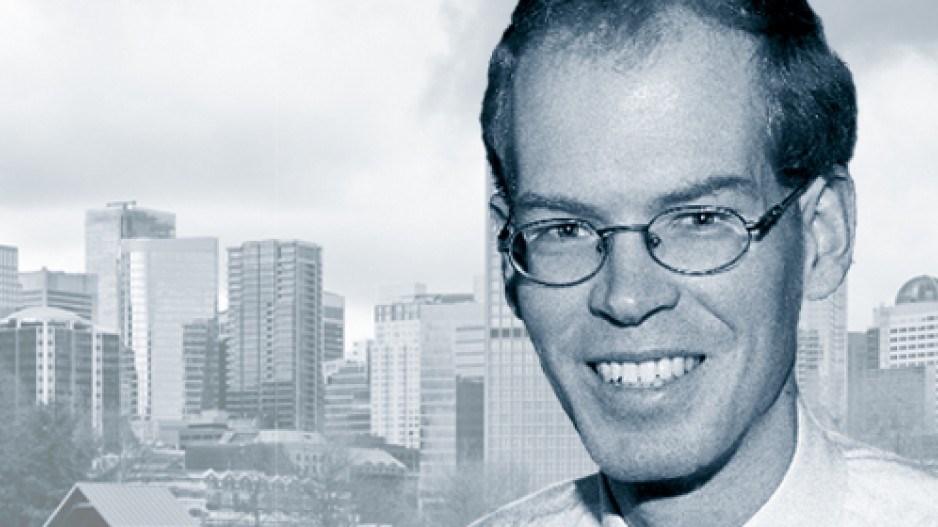This week’s column comes from a city where the number of dwellings unoccupied on census day last year was 10.6%. There’s no fear here that it’s becoming a resort, however. The hollowing out of its core sparks talk of the need for urban renewal instead. It’s a city where new construction means work for locals.
It’s a city incorporated a full century before Vancouver. It is Saint John, New Brunswick.
Travelling here after reading Vancouver general manager of planning, urban design and sustainability Gil Kelley’s recent report on the number of vacant homes is a reality check. Kelley relied on census data, which this column reported in February, to say homes not occupied by their usual local residents have hit record highs – 25,495 units, or 8.2% of the stock.
This number is largely consistent with estimates made in 2009 and earlier using data from BC Hydro and the census that pegged vacancies at between 5% and 8%. Yet it’s only in the past 18 months that Vancouver deemed the fact problematic and proposed penalizing owners of vacant properties.
Resistance has come from such quarters as the BC Real Estate Association, which in 2015 reported that census data indicated vacancies and temporary occupancies in Vancouver “did not diverge significantly from other large Canadian or provincial urban centres.”
The latest census numbers indicate that Vancouver’s housing crisis is more than a tally of vacant homes.
Between 2006 and 2016, Victoria and Surrey saw population and dwelling counts increase in tandem – 9.9% and 31.1%, respectively. Yet within that period, Victoria – where housing is typically more affordable than in Vancouver – had vacancies greater than Vancouver’s.
Surrey, meanwhile, saw its number of vacant, unoccupied dwellings rise 58.9%, more than double the 23.5% rise in Vancouver (unoccupied dwellings amount to just 6.2% of Surrey’s housing stock).
A rise in dwellings not occupied by their usual residents (the technical term in the census data) parallels the surge in condo construction across Canada since 2001. Toronto was alone among Canada’s major cities in seeing vacancies fall in 2016 versus 2006, to 5.6% from 5.9%.
The only major city where vacancies rose steadily, à la Vancouver, was Montreal, where dwellings not occupied by usual residents rose to 7.6% in 2016 from 4.9% in 2001. This largely mirrored the rise in Vancouver to 8.2% from 5.2% over the same period. But unlike Vancouver, Montreal isn’t planning to tax owners of vacant properties.
A decade on
Property transfer data tracked and released by the province since last June indicates that approximately 12,108 recreational properties a month changed hands in the 12 months ended May 31.
The data suggests that approximately 1,300 units – 1,500, if we want to factor in a generous spring surge – changed hands in the province over the past year.
Jim Morris, who manages Western Canada for Royal LePage, said that research for the firm’s recent recreational property report indicates fairly modest foreign participation by foreign buyers.
The province remains a desirable place among foreign nationals – particularly those in the U.S. and, to a lesser degree, in Asia – for recreational property purchases, but Morris says sales volumes aren’t what many people think.
Data from the Okanagan Mainline Real Estate Board pegs foreign purchases at 3% of the total, while the Whistler Real Estate Co. provided Royal LePage with data indicating that U.S. buyers represented 10% of its transactions while buyers in Asia were just 6%. A decade ago, in 2007’s first quarter, Landcor Data Corp. reported that 6.1% of all transactions were to out-of-province buyers.
Alberta buyers flush with petrodollars dominated secondary home purchases, buying 1,203 properties. U.S. and other foreign nationals accounted for just 172 and 112 second-home purchases, respectively, that quarter.




